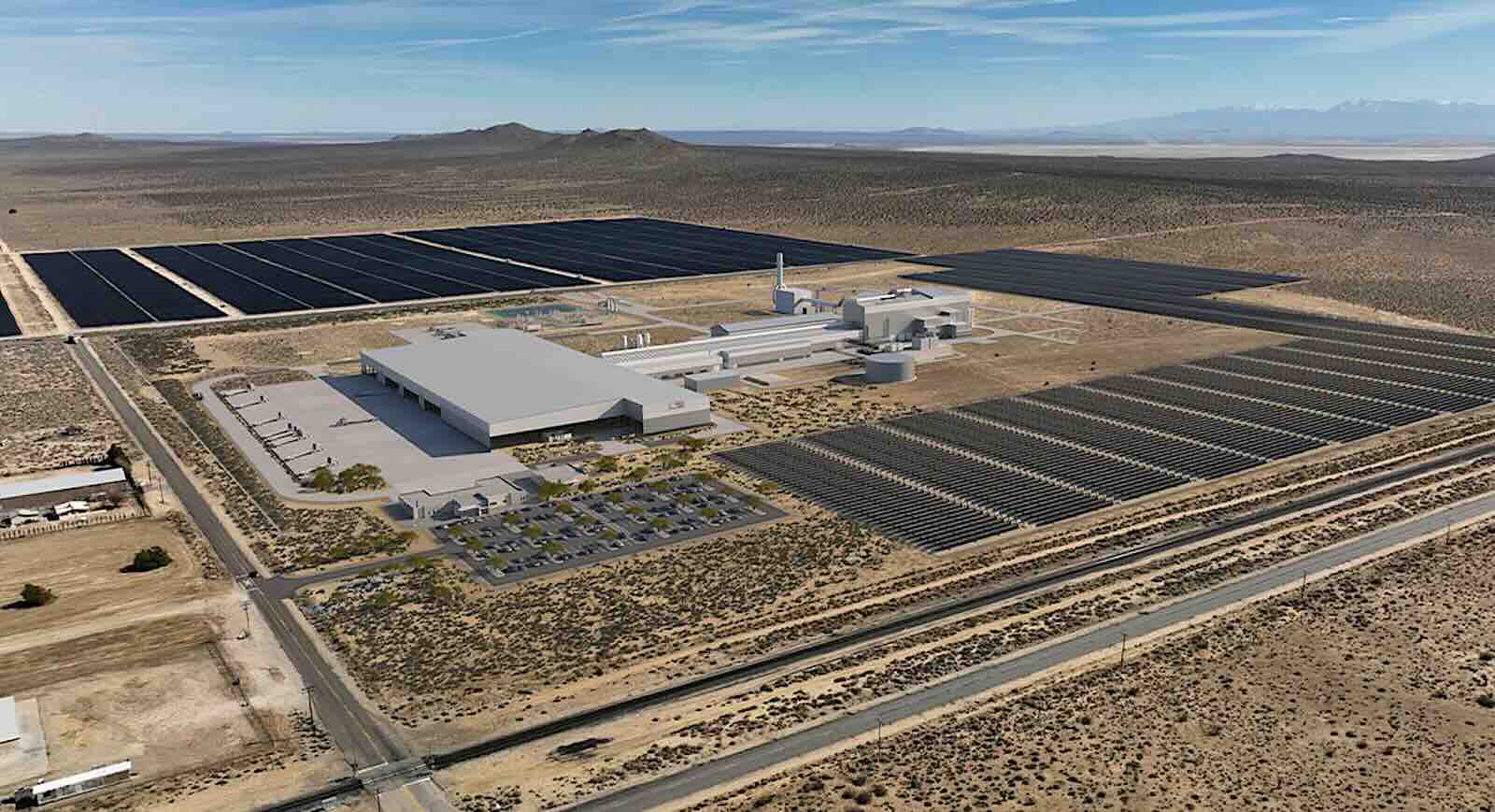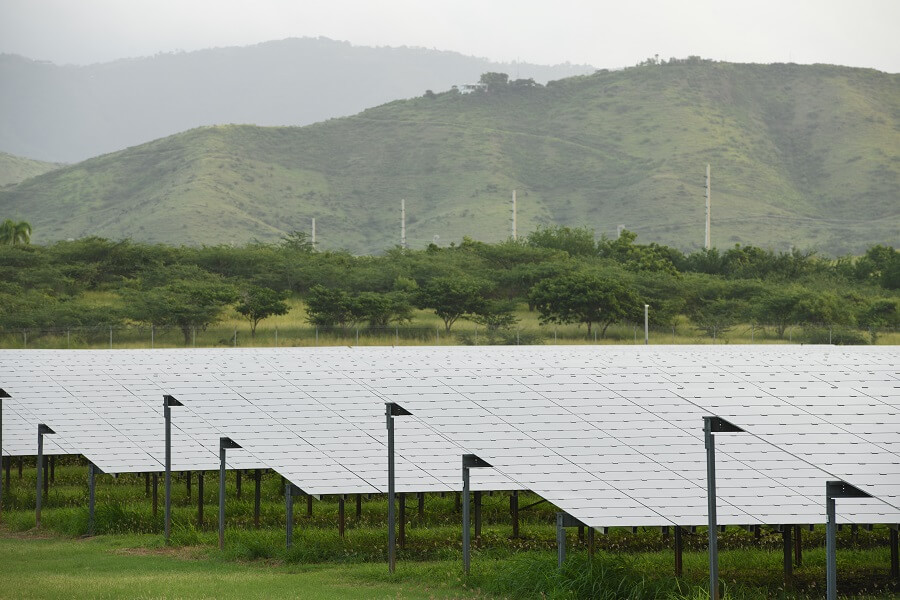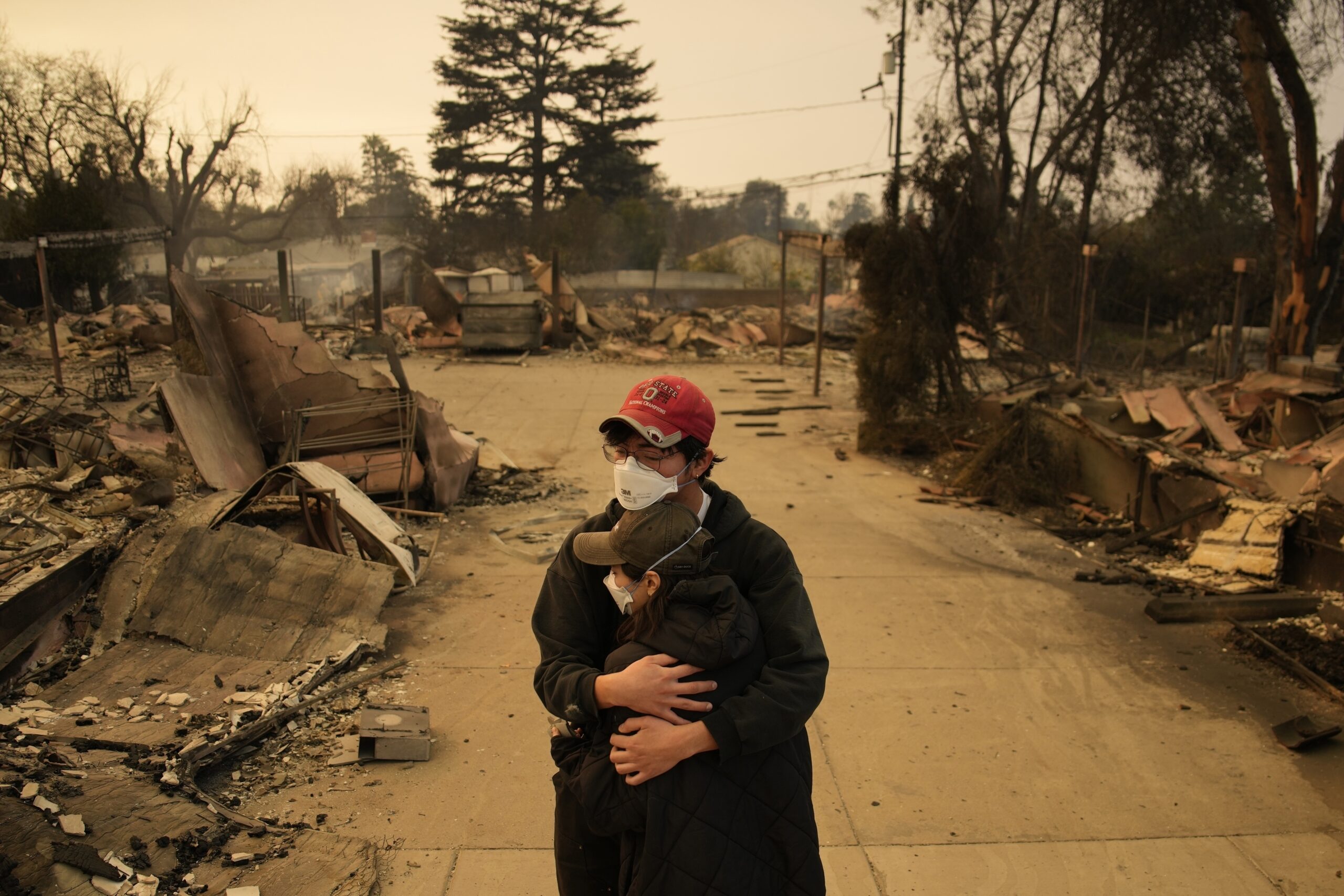ImpactAlpha, Dec. 17 – The COVID pandemic was just a warm-up for the coming catastrophe: climate change. As wrenching as was this year’s disease, death and dislocation, 2020 could be a preview for the accelerating disruption of floods, fires, hurricanes and mass global migration caused by global warming. Oh wait, 2020 already had plenty of all that as well, in one of the three hottest years in the hottest decade on record. If the watchword for 2020 was resiliency, our ability to adjust, pivot and marshal solutions will only be more important as the world confronts the climate catastrophe. A big difference: There is no vaccine for global warming.
There is, however, the opportunity for a concerted mobilization of public and private resources to dramatically reduce greenhouse gas emissions and stave off the worst effects. Global emissions dropped by 7% in 2020 as air travel, commuting and other activities ground to a halt. Without a pandemic, we need to repeat that reduction, every year for three decades, to keep planetary warming below 2 degrees Celsius – and the effects of even that warming will be wrenching nonetheless. Without a significant course correction, the world is on track to warm by 3 degrees Celsius this century, the United Nations recently warned.
If we succeed in that effort, history may show that the inflection point has already arrived – and that progress went exponential in 2021. Oil consumption peaked in 2019, according to none other than BP. The rapidly falling costs of solar and wind power mean that renewables are now cheaper than fossil fuels in most markets, making new oil and gas production increasingly uneconomical. Oil investments fell by a third and producers wrote down more than $50 billion worth of assets this year, in what the International Energy Agency called “a palpable expression of a shift in perceptions about the future.” Generation Management’s David Blood has proclaimed the transition to net-zero emissions “the most significant transformation in economic history.”
The pandemic was a warning as well as a warmup. A concerted effort at least as big as the mobilization to win World War II could yet let the world mitigate the worst and adapt to the rest. Division and delay will deliver defeat. “Let’s make this s***storm matter,” we wrote back in March as the coronavirus exploded. “For the sake of all those who are suffering and will suffer, the pandemic disruption must become the sustainability disruption.”
What we’re watching for: Governments, corporations, investors, banks and asset managers to up their climate ambitions – and take definitive action to back up their pledges and commitments before the follow-up to the Paris climate agreement set for Glasgow next November. With the U.S. re-engaged, global standards for mandatory climate reporting are in the cards, along with a realistic price on carbon. In every sector, companies leading the transition will pull away from the laggards.
Electrify everything. Distributed, digitized and decarbonized electricity is the future of the economy. The world is set to triple electricity consumption in the next 20 years, as sectors from transportation to heavy industry shift off of fossil fuels. (see, “Economics trump politics as the smart money bets big on clean electrification“).
“The miracle technologies are here,” says Rewiring America’s Sam Calisch. “We just need to throw our backs into it.” Solar panels and batteries are following not Moore’s Law but Swanson’s Law, named after Richard Swanson, founder of SunPower Corp., which holds that the price of photovoltaic modules drop 20% for every doubling of shipped volume. After a pandemic dip, solar power capacity added in 2020 are expected to be 43% higher than a year earlier.
- Solar is king. Solar offers “some of the lowest-cost electricity ever seen,” the International Energy Agency said in its recent Energy Outlook, which crowned solar “the new king of electricity.”
- Network effects. The transformation of the electric grid from a centralized hub and spoke to a distributed network recalls the internet-driven transformation of telecommunications. says Emmanuel Lagarrigue, chief innovation officer for Schneider Electric, the French equipment giant. “Many of the disruptions we are observing or anticipating are very similar to the disruptions that the information technology and the telecom industry went through 20 years ago.”
The Great Writeoff. It didn’t take President-elect Joe Biden to declare that the transition from the oil industry is well underway. Prices for solar and renewables are now cheaper in most markets than new oil and gas projects. Renewables’ edge: the marginal cost of solar and wind will approach zero, while fossil fuel extraction and production remains capital-intensive.
- Oil collapse. In 2020, oil prices briefly went negative, as did investor sentiment for fossil fuels. Hedge funds shorted carbon. Other investors are divesting from fossil fuels altogether. Oil and gas companies were forced to write down more than $50 billion in fossil fuel assets on their books – and that was before Exxon’s $20 billion write-off of natural gas assets this quarter. ExxonMobil, once the most valuable company in the world, lost more than half of its value this year alone, and was dropped from S&P 500. Exxon is in the crosshairs of activist hedge fund Engine No. 1, which wants to shake up Exxon’s business-as-usual board. Another sign of the times: Tesla is set to replace Occidental Petroleum in the S&P 100 next week.
- Hot seat. Investors are ratcheting up pressure on fossil fuel enablers. At least 50 global financial institutions have restricted financing of oil sands and/or Arctic drilling projects. Morgan Stanley became the first U.S. bank to commit to zeroing out emissions facilitated by its loans, underwriting and other financial activities by 2050. JPMorgan, the world’s largest fossil fuel funder, said it will reduce financed emissions in line with Paris goals and work with clients to reduce their carbon footprints. Reality check: Banks including CitiGroup, Bank of America and JPMorgan are financing a dozen fossil fuel projects that, according to a recent report, together would use up three-quarters of the world’s remaining “carbon budget,” the total amount of carbon that can be released without triggering climate catastrophe.
Financing resilience. Governments’ COVID stimulus plans present the best opportunity in a generation for progress on sustainable development and could shave projected greenhouse gas emissions by a quarter by 2030, according to the U.N. The European Union is earmarking €550 billion for green projects over seven years, a third of its total recovery spending and the largest-ever climate funding pledge. Biden’s “Build Back Better” plan would inject $2 trillion into green, inclusive stimulus.
- Climate justice. The world’s poorest and most marginalized communities have been most impacted by the COVID pandemic. So, too, are they disproportionately affected by climate change. Funding solutions like land stewardship, agricultural adaptation and reliable electricity for vulnerable communities requires an “impact-first” mix of grant subsidies and patient, low cost capital, argue Vince Knowles and Greg Neichin of Ceniarth. “We fundamentally believe that climate solutions should proactively benefit the people most directly affected by this harsh reality.”
- Fighting fire with finance. “Forest resilience bonds” pioneered by the nonprofit Blue Forest Conservation, offer a way to finance proven forest restoration techniques that are increasingly beyond the budget capacities of state and federal agencies. “It’s not just water, it’s not just carbon, it’s not just air quality, it’s community resilience on a broader basis,” Knight says in a new Agents of Impact podcast. (Listen in to “Wildfires bring to the fore financing for forest resilience (podcast).”
Capital shift. Will 2021 be the year climate finance catches up with reality? Global climate spending by public and private players peaked in 2017 at $612 billion – and has been flat or declining ever since. Falling costs mean each dollar buys more renewable capacity, but the totals are hard to square with the momentum around renewable energy and sustainability – and the estimated $1.6 trillion to $3.8 trillion needed each year in low-carbon energy and other climate-smart infrastructure to stay within the global warming goals. “2021 will see an opening of the floodgates in people wanting to put money to work in sustainable solutions,” says Spring Lane Capital’s Rob Day. After watching from the sidelines, he says, institutional investors are jumping in.
- Blank checks. Growth-stage cleantech and sustainability ventures found a rich source of capital this year in special purpose acquisition vehicles, or SPACs. The “blank check” companies raise money to acquire a company in a particular sector. From a TPG-backed SPAC’s acquisition of EV Charged to AppHarvest’s merger with Novus Capital Corp., investors are on the hunt for green tech at scale. More than a dozen SPACs focused on sustainability have together raised more than $5 billion this year. The SPAC frenzy could spark an M&A frenzy as the competition jolts incumbent companies into action.
- Green infrastructure. The action in climate action is shifting to infrastructure. Investors are finding opportunity in distributed solar and wind plants, waste-to energy facilities, wastewater systems and sustainable agriculture, as well as project-based finance to build them. Generate Capital raised a $1 billion fund in February to scale its infrastructure-as-a-service model. Investors including Greenbacker and Spring Lane capital are focusing on smaller, distributed green infrastructure projects.
- Deep tech. A report from think tank RethinkX this year described a shift from a centralized, extraction-based system of fossil fuels, livestock and concrete to a distributed, creation-based system built on photons, electrons, molecules and qbits. Think: lab-grown food, solar energy and autonomous electric vehicles. That’s the opportunity that deep tech and impact-focused funds such as Prime Coalition, Fifty Years, and Breakthrough Energy Ventures are chasing. New to the game: climate-focused funds from Microsoft and Amazon.
- Climate finance innovation. Funding models for financing the transition are getting creative, too. Financial solutions showcased by the Global Innovation Lab for Climate include climate adaptation notes to fund water infrastructure, rural prosperity bonds for sustainable agriculture, and portfolios of distributed solar projects for schools and health clinics in Africa.
- Going negative. Emissions reductions will only get you so far. Achieving net-zero by 2050 will require solutions that take carbon out of the air, from nature-based solutions like planting trees to yet-to-be commercialized technology such as carbon capture and storage tech. We’ll be watching to see whether investors (and energy companies) step up their efforts to commercialize these nascent technologies. Key to making the technology cost-effective: a price on carbon.
Climate stewardship. Once called shareholder engagement, ‘stewardship’ emerged this year as a powerful tool, despite attempts to stifle investors’ voices by the Trump administration. Asset owners, as well as activists, scrutinized the voting records of asset managers. Blackrock, the $7-plus trillion asset manager, came under fire for a voting record that didn’t match its rhetoric.
- Net-zero asset managers. Investment firms with $9 trillion in assets will work towards net zero emissions by 2050 or sooner. The Net Zero Asset Managers initiative is pushing companies to reduce their carbon footprints. Generation Investment Management. AXA Group and Legal & General Investment Management are among 30 founding signatories.
- 2040 is the new 2050. Companies leading the low-carbon transition in their sectors are increasingly collaborating – and pulling ahead. More than 1,500 companies globally with combined revenues of more than $11.4 trillion have committed to net-zero emissions by 2050. Upping the game: Microsoft has vowed to erase all emissions it has ever generated by 2050 while Walmart, Amazon and other leaders have pledged to reach net-zero by 2040. BP is swapping in renewables for oil and gas as part of a multi-decade makeover plan that is winning over investors like Jeffrey Ubben.
- Reporting/mandatory disclosure: The U.K.’s Boris Johnson will require large companies and financial institutions to report climate risks in line with the Task Force on Climate-related Financial Disclosures. Under Biden, the U.S. Securities & Exchange Commission could push for mandatory disclosure of material climate risk. What’s needed: a global consensus.












